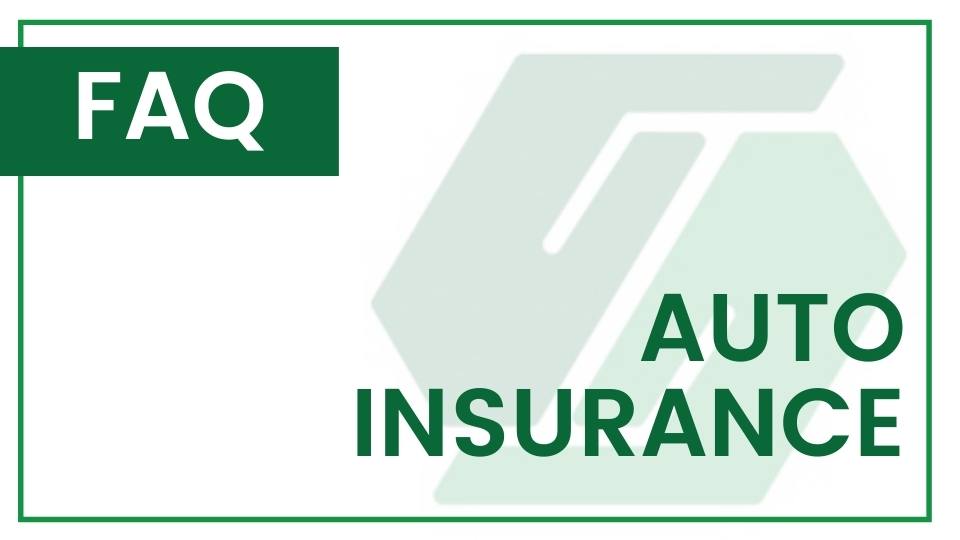Shopping for auto insurance can be a challenge, especially if you’re not really sure what each quote is based on. One study shows that 28% of drivers think they are paying too much for car insurance. Luckily, there are ways you can find out if that is the case.
It starts with understanding what your auto policy needs to have in it. These requirements vary state by state. In Michigan for example, the minimum amount of coverage is $20,000/$40,000/$10,000. What this means is that your bodily injury minimum is $20,000 per person with a total maximum of $40,000 per incident and $10,000 for damage to another person’s property. Your liability coverage must include property damage and bodily injury.
With an understanding of the minimum requirements you can start to analyze your quotes more effectively. But there is much more to consider as you shop for auto insurance.
<<WATCH: How to Effectively Shop for Insurance>>
Considerations When Shopping Auto Insurance Quotes
- Look at each agent or company’s reputation – usually in the form of online reviews. Good and bad alike, these reviews will help you understand how the company operates.
- Working with someone local is often much more effective because they are versed in your market and can guide you appropriately.
- Consider working with an independent agent (aka broker). Because independent agents represent several different insurance companies, they can shop these providers in order to find the best policy for you.
- Ask how often premiums are due and if something sounds too good to be true, it probably is.
- Make sure what you ask for in the quote is the same across all providers you get quotes from. You want apples to apples comparisons.
- Take the time to learn about the product – auto insurance can be complex, but the better you understand it, the better you can protect yourself and find the best policy.
7 Steps to Comparison Shop for Auto Insurance
- Understand the Michigan minimum coverage requirements
- Identify both national, local and independent agents that you can potentially work with
- Understand your needs in order to guide them towards the most accurate quote
- Compare quotes line by line to pinpoint any discrepancies
- Get and compare at least three policy quotes
- Don’t try and get a lower rate by altering your mileage, leaving a driver off the policy or providing a different zip. These tactics will hurt you the minute you decide to file a claim.
- Don’t forget to ask for discounts and make sure your quotes are as low as possible


